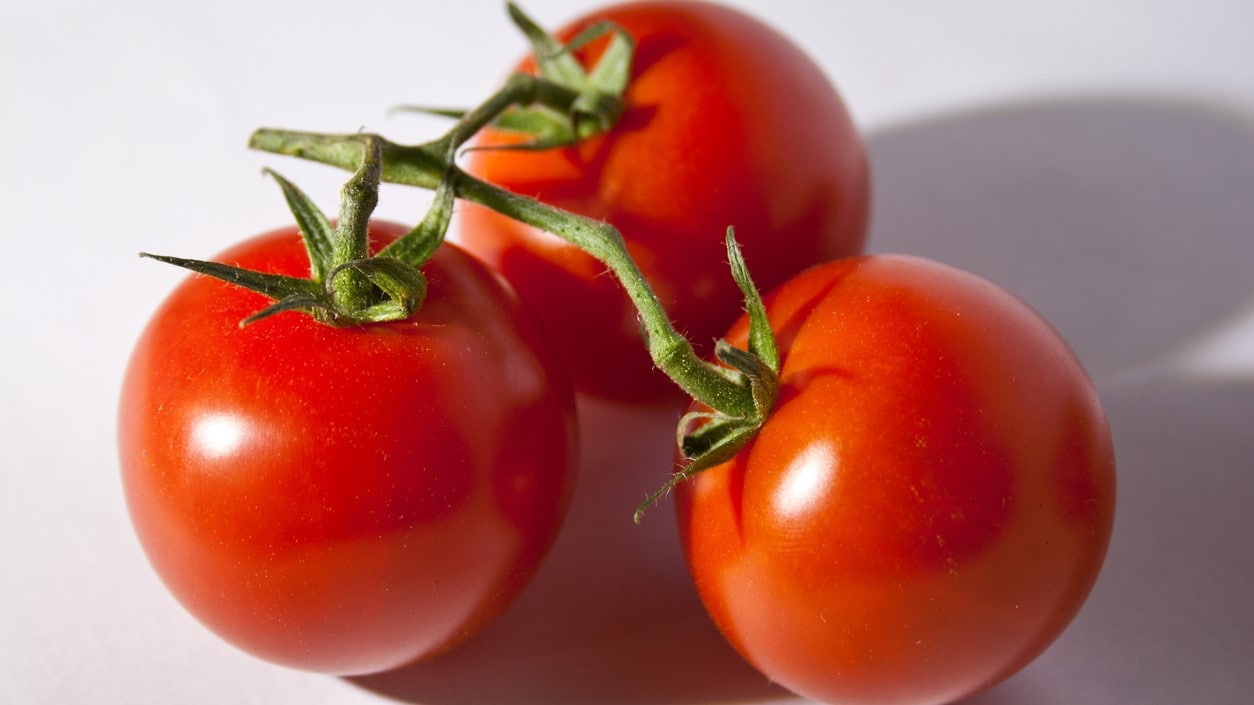At a glance
We studied tomato-handling practices in restaurants. Specifically, we focused on receiving, storing, washing, cutting, and holding tomatoes. Learn about safe food practices that could prevent outbreaks linked to tomatoes.

Key takeaways
The restaurant industry may need to focus on controlling the temperature of tomatoes before holding. For example, tomatoes could be refrigerated in all stages to ensure safe temperatures when tomatoes are cut. Or time and temperature control for food safetyA could be used to keep cut tomatoes safe.
Programs could be created to improve tomato handling in restaurants. Such programs could lead to fewer outbreaks linked to tomatoes. During inspections, environmental health specialists could look for poor tomato-handling practices. Then they could help managers and workers fix them.
Why this is important
In recent years, at least 12 Salmonella foodborne illness outbreaks have been linked with fresh tomatoes. Investigations suggest that the tomatoes probably got tainted early, such as at the farm or during processing. In most cases, the tomatoes that caused the outbreaks were eaten in restaurants.
Researchers have suggested that how restaurant workers handle tomatoes may lead to germ growth on tomatoes. It may also spread germs from contaminated tomatoes to other tomatoes. To prevent foodborne illness caused by contaminated tomatoes, we must find out how workers handle tomatoes.
The U.S. Food and Drug Administration (FDA) advises restaurants on how to prevent germs on produce.
FDA advises:
- Keeping fresh produce (including tomatoes) apart from other refrigerated foods
- Washing whole tomatoes under running water before using them
- Not soaking tomatoes in standing water
- Keeping wash water temperature 10°F warmer than the tomatoes
- Refrigerating cut tomatoes at 41°F or less
- Holding unrefrigerated cut tomatoes for 4 hours or less
FDA also gives general guidance to reduce the spread of germs in the kitchen. FDA advises restaurants to:
- Use separate cutting boards for different types of foods such as meat and produce
- Use gloves to handle ready-to-eat food such as tomatoes
What we learned
We found that many restaurants did not follow FDA advice when handling tomatoes. Restaurants:
- Did not separate tomatoes from other foods during preparation
- Did not wash tomatoes properly
- Held cut tomatoes at temperatures that were too high
Receiving and storage:
- Average temperature of tomatoes in receiving was 57°F.
- Temperatures of tomatoes in storage were higher than 41°F almost half (46%) of the time.
Washing:
- Tomatoes were washed in the wrong type of sink (for example, hand sinks) 6% of the time.
- Tomatoes were soaked 18% of the time.
- Wash water was not at least 10°F warmer than the tomatoes 21% of the time.
Cutting:
- Produce or tomato-only cutting boards were not used 49% of the time.
- Single-use gloves were not worn 36% of the time.
- Tomato temperature was above 41°F after cutting 88% of the time.
Holding:
- Most (62%) restaurants held cut tomatoes.
- Temperatures of cut tomato batches were above 41°F in holding 52% of the time.
- Seventy-four percent of cut tomato batches held above 41°F had a maximum holding timeB of more than 4 hours.
More information
Journal article this plain language summary is based on
More practice summaries and investigation summaries in plain language
About this study
- Time and temperature control for food safety: Amount of time food should be kept to limit foodborne illness risk.
- Holding time: Amount of time food is kept at a set temperature.
